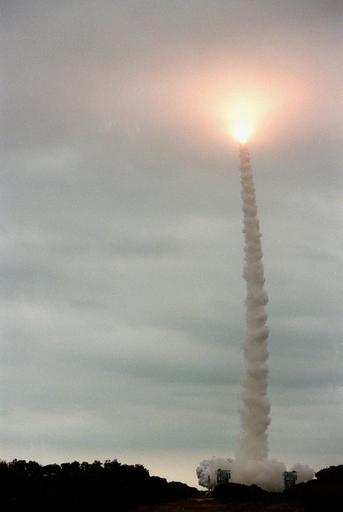MAKE A MEME
View Large Image

| View Original: | Delta_II_rocket_with_the_Mars_Polar_Lander.jpg (1028x1536) | |||
| Download: | Original | Medium | Small | Thumb |
| Courtesy of: | www.flickr.com | More Like This | ||
| Keywords: aviation aerospace spaceflight space exploration spaceexploration national aeronautics and space administration nationalaeronauticsandspaceadministration nasa jet propulsion laboratory jetpropulsionlaboratory jpl rocket mcdonnell douglas mcdonnelldouglas mcdonnell douglas delta ii mcdonnelldouglasdeltaii delta rocket deltarocket delta ii rocket deltaiirocket delta ii deltaii boeing boeing integrated defense systems boeingintegrateddefensesystems boeing ids boeingids boeing delta ii rocket boeingdeltaiirocket boeing delta ii boeingdeltaii united launch alliance unitedlaunchalliance ula delta ii 7425 deltaii7425 mars polar lander marspolarlander mco cape canaveral capecanaveral kennedy space center kennedyspacecenter ksc space launch complex 17 spacelaunchcomplex17 slc-17 slc17 launch complex 17 launchcomplex17 lc-17 lc17 launch complex 17b launchcomplex17b lc-17b lc17b lockheed lockheed martin lockheedmartin lockmart deep space 2 deepspace2 outdoor sky Description: KENNEDY SPACE CENTER, FLA. -- Looking like a Roman candle, the exhaust from the Boeing Delta II rocket with the Mars Polar Lander aboard lights up the clouds as it hurtles skyward. The rocket was launched at 3:21:10 p.m. EST from Launch Complex 17B, Cape Canaveral Air Station. The lander was a solar-powered spacecraft designed to touch down on the Martian surface near the northern-most boundary of the south polar cap, which consists of carbon dioxide ice. The lander was going to study the polar water cycle, frosts, water vapor, condensates and dust in the Martian atmosphere. Unfortunately, after Mars Polar Lander executed the landing sequence on Mars on December 3, 1999, it failed to resume communication. Analysis of the mission suggests that the jolt of deployment of the landing legs was mistaken by the probe as touchdown on the surface. This would have led to the shutdown of the landing rockets and a 40 meter drop to the surface that disabled Mars Polar Lander. UID: SPD-KSCMA-KSC-99PC-0 7 Date: January 3, 1999 Description: KENNEDY SPACE CENTER, FLA. -- Looking like a Roman candle, the exhaust from the Boeing Delta II rocket with the Mars Polar Lander aboard lights up the clouds as it hurtles skyward. The rocket was launched at 3:21:10 p.m. EST from Launch Complex 17B, Cape Canaveral Air Station. The lander was a solar-powered spacecraft designed to touch down on the Martian surface near the northern-most boundary of the south polar cap, which consists of carbon dioxide ice. The lander was going to study the polar water cycle, frosts, water vapor, condensates and dust in the Martian atmosphere. Unfortunately, after Mars Polar Lander executed the landing sequence on Mars on December 3, 1999, it failed to resume communication. Analysis of the mission suggests that the jolt of deployment of the landing legs was mistaken by the probe as touchdown on the surface. This would have led to the shutdown of the landing rockets and a 40 meter drop to the surface that disabled Mars Polar Lander. UID: SPD-KSCMA-KSC-99PC-0 7 Date: January 3, 1999 | ||||